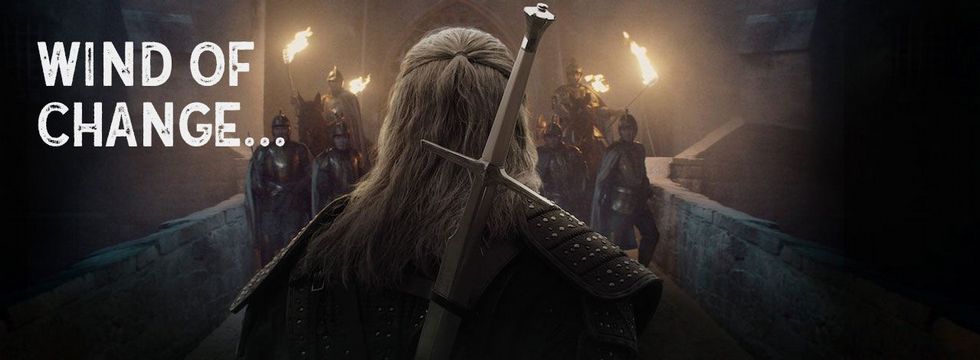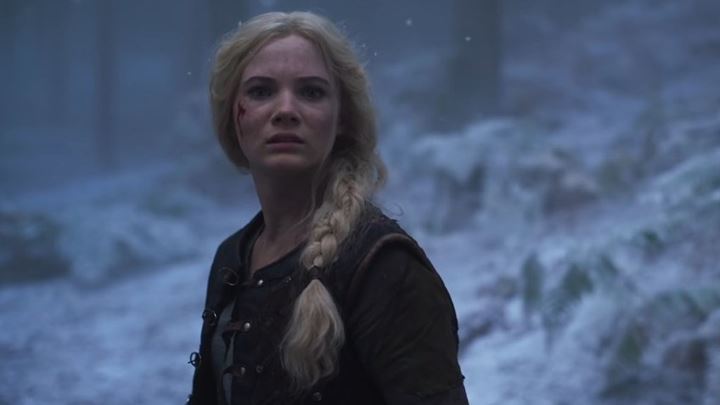Ciri's Elder Blood as a mutagen. 10 things Netflix show changes in The Witcher

- 10 Things The Witcher Season 2 Changes Compared to Books
- Ciri's Witcher training in Netflix's Kaer Morhen
- Yennefer losing her powers after the Battle of Sodden
- The events in Kaer Morhen - Eskel, whilst turned into a leshy, tries to kill Geralt and Vesemir
- Jaskier - an offended bard and a noble revolutionary
- A younger and... more confused Vesemir
- Dijkstra is a spy taken straight out of Sapkowski's prose. With one but...
- The melancholic Triss Merigold
- Ciri's Elder Blood as a mutagen
- Fringilla Vigo as the leader or friend of the elves
Ciri's Elder Blood as a mutagen

- Has this change worked out well for the show: partially
- Could it affect the fate of the characters in season three: yes
Why didn't Ciri take the Trial of Grasses in the Witcher saga? Sure, Sapkowski explained it very logically, keeping the universe fully consistent. Nevertheless, if he had wanted the girl to undergo it, he would surely have been able to explain it just as easily. Both possibilities seemed equally probable.
The writer never implied that Elder Blood might be a near-ready Witcher mutagen. In the books, many rare ingredients were necessary to obtain it. In the show, it turned out to be extremely easy; who needs a forktail's spinal cord, a bruxa's tongue, mandrake root and speargrass sap when you can use a drop of Ciri's blood instead. Fans of the novels may see this simplification as a poor choice on the part of the show's creators, but...
Conversely, this makes the young witcher even more important. The fate of the entire Kaer Morhen (as an institution, not a building, of course) depends on it. In addition, the creators included a nod to the books' attentive fans by making flowers grow in the locations where Ciri bled. All these elements smoothly connect to the plotline of new, powerful monsters and monoliths - gates to other worlds. As long as these storylines are creatively expanded on in future seasons, Lauren Schmidt Hissrich may be forgiven for simplifying aspects of the Trial of Grasses.
